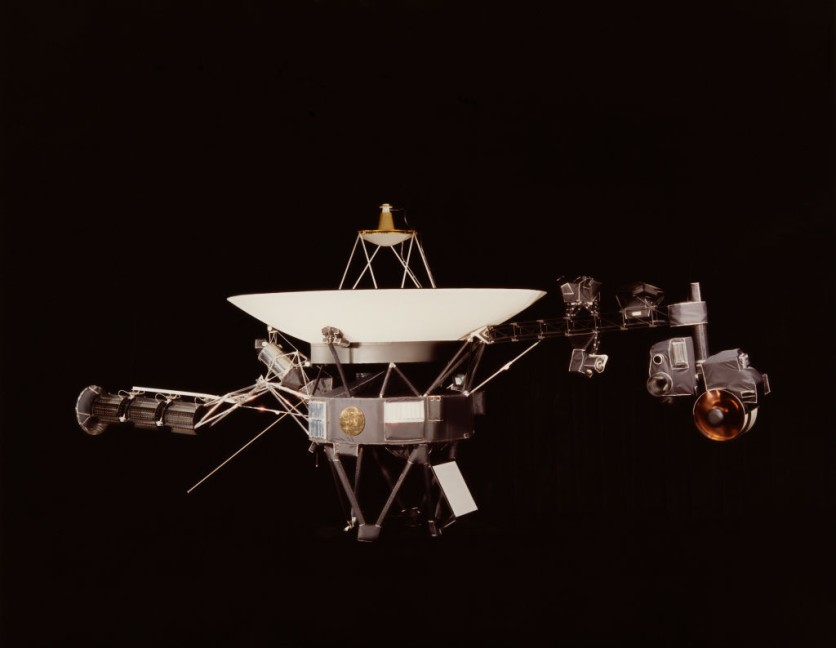Voyager 1, the most distant spacecraft from Earth, is back online and has begun transmitting data from its four scientific instruments, NASA announced.
The US space agency announced in November that the satellite stopped sending useful data, forcing engineers to wait 45 hours for a response. In April, NASA recovered the craft's health data and scientific data from two instruments in May.
Now that Voyager 1 is back online, NASA's gathering of readings on plasma waves, magnetic fields, and space particle data resumes, according to The Verge.
Finally feeling more like me.
— NASA Voyager (@NASAVoyager) June 13, 2024
Still can't believe the work my team is doing from 15 billion miles (24 billion km) away... - V1 https://t.co/2sUqm4kvKW
Voyager 1 is "conducting normal science operations," the US space agency stated, adding that it needs to fix the decades-old satellite's seldom-used digital tape recorder and resynchronize its timekeeping software.
Fixing Voyager 1 was a Tough Challenge
Fixing the Voyager 1 was a challenge for NASA. Despite the chip's breakage, engineers managed to transfer the code to flight data subsystem (FDS) memory.
A faulty chip holding FDS memory and software code caused the loss of crucial science and engineering data, according to NASA. The crew had to break the affected code into segments and update it to maintain operation.
After technical issues interrupted data transmission, NASA's Voyager 1 spacecraft made a crucial breakthrough. Engineers found the issue in the FDS, which packages Earth-bound data.
On April 20, 2024, the crew found and moved the erroneous code in the FDS, restoring intelligent data transmission from two of its four scientific instruments, per Space.com. Two months later, all four Voyager 1 instruments are operating again, a major milestone.
NASA hopes to resynchronize Voyager 1's timekeeping software and maintain its plasma wave digital tape recorder when it's online. They want to keep Voyager 1 in top shape for its ongoing trip, ensuring a legacy of discovery and exploration.
NASA also activated backup power and fired thrusters dormant for decades to extend the spacecraft's mission despite occasional difficulties.

Voyager 1: Old But Not Obsolete
Voyager 1 is flying at 38,000 mph at 14.6 billion miles (23.5 billion kilometers) from Earth in August 2022, according to NASA's Jet Propulsion Laboratory. It debuted two weeks before Voyager 2 on September 5, 1977.
Voyager 1, which studied our solar system's outer planets, has survived 45 years. Our comprehension of deep space depends on the probe's data transmission to Earth.
Even if Voyager 1 never functioned again, its mission was successful. While Voyager 2 studied Uranus and Neptune, the 1977 spacecraft finished studying Jupiter and Saturn by 1980. Voyager 1 has provided valuable interstellar data since 2012.
NASA honors Voyager 1 and 2 for their stunning photos of distant planets and unique scientific investigations that cannot be replicated, according to The Washington Post.
NASA Deputy Administrator Pam Melroy said Voyager 1 and 2 are going to a region "where we have no information," thus they remain important in astronomy.

![Apple Watch Series 10 [GPS 42mm]](https://d.techtimes.com/en/full/453899/apple-watch-series-10-gps-42mm.jpg?w=184&h=103&f=9fb3c2ea2db928c663d1d2eadbcb3e52)



